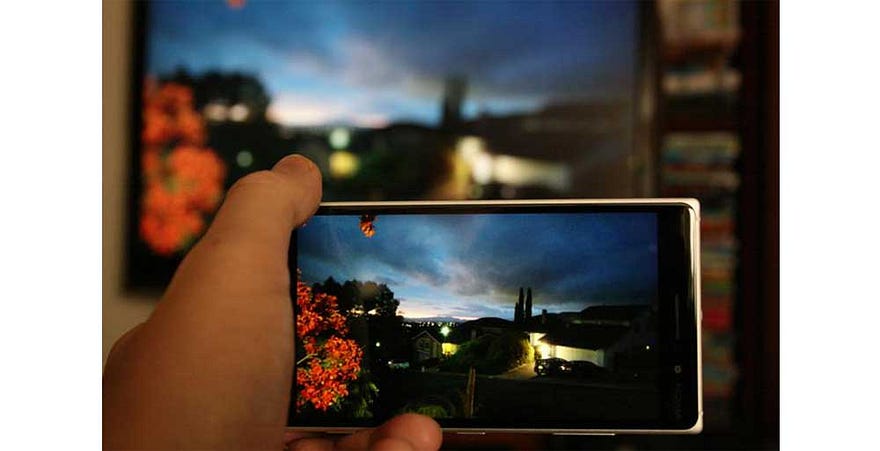
Can you imagine displaying your tablet or phone stuff to the big screen with a single click? This is possible if you heard about screen mirroring , casting and streaming functions. The functioning of these terms is different from each other.
It’s important to know that wireless interactions work differently, depending on what content you want to be shown and how you prefer to go about it. This article will talk about the basics of screen mirroring, screen casting (also known as media streaming) and screen sharing (also known as desktop sharing).
What does streaming mean? Maybe you’ve heard someone say that they streamed a movie, a podcast, or a slide show. Steaming means a continuous flow of information (in the form of visual and/or audio data). That is to say, steaming refers to deliver data live, whatever content you have on your device’s screen. With this in mind, take note that the three terms that follow — mirroring, casting, and sharing — are each a different way of streaming.
Screen mirroring allows you to project or mirror what is on your smart phone, tablet or computer and show it on your TV screen, projector, or external monitor without needing to use a cable. It’s unlike when we look into a glass mirror, screen mirroring won’t horizontally flip what you see. It’s more like copying. This is great for viewing local content such as pictures, videos, documents, and professional or educational presentations. Screen mirroring requires software running on the device you want to send content from, and a receiver on the display that you’re sending it to.
For example, screen mirroring are what you can do with AirPlay, which is Apple’s protocol that allows you to mirror the contents of your Mac, iPhone or iPad to a screen connected to an Apple TV.
The major difference between screen mirroring and screen casting is the way in which the content is shared to a display. In the case of screen casting, your TV wirelessly receives online content via a digital media player to a TV via a wireless connection. Screen casting uses an app to send movies, video clips, and music from your phone, tablet or computer to your TV screen.
Screen sharing is also known as desktop sharing. While mirroring and casting are done with a smaller device (e.g., mobile or laptop) and a larger display (e.g. TV or projector), screen sharing generally involves making a copy of your computer screen to other computer screens.
评论
发表评论